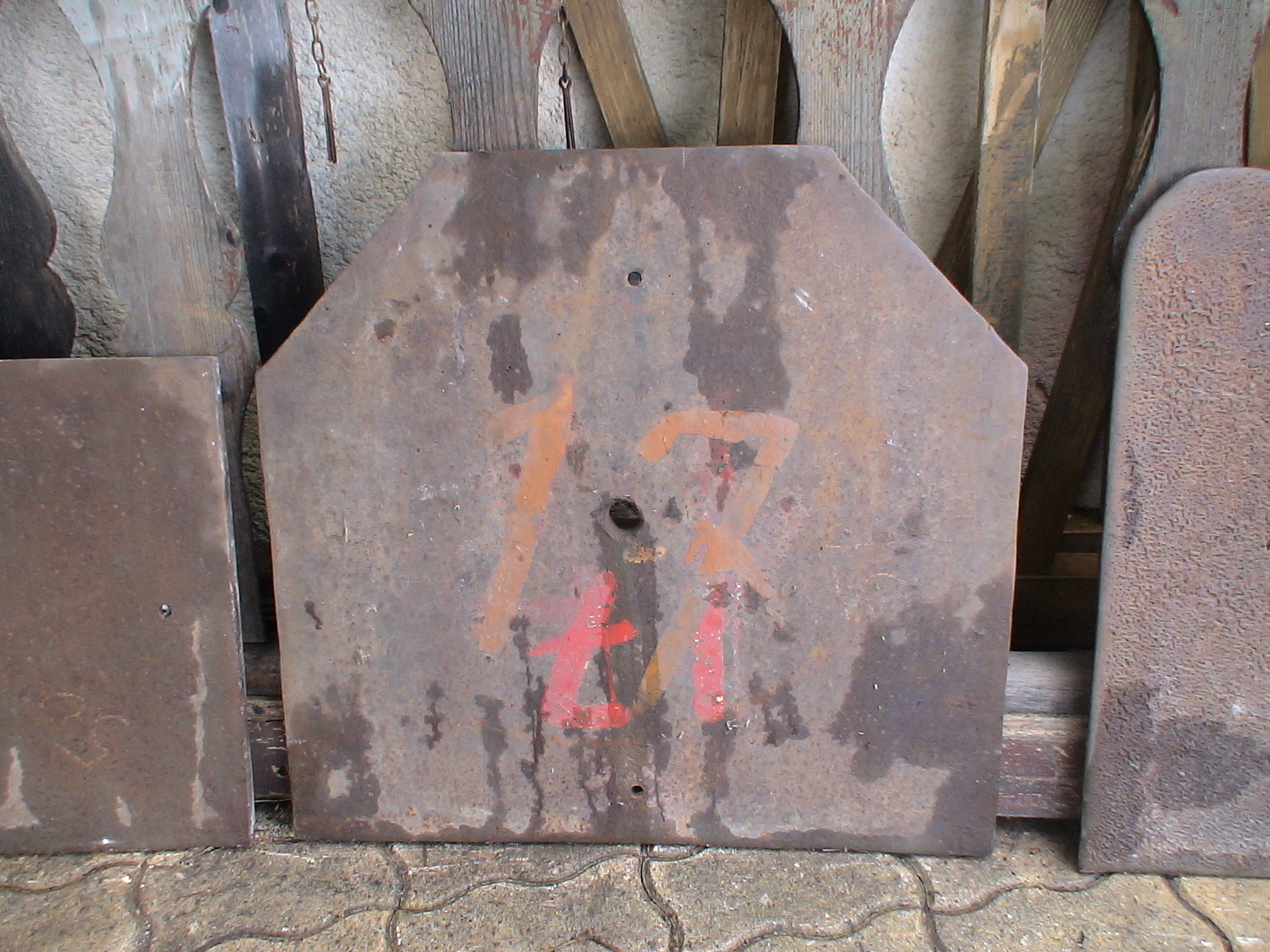The History of Heating
As the temperatures drop (in some areas – sorry South West friends!) people in businesses and homes across the country are beginning to turn their heaters on to stay comfortable. Modern-day heating has been so perfected over the years that most people don’t think twice when they feel a cold shiver and go to flip on the heater to stay warm. But it wasn’t always that way – let’s take a trip back in time to learn more about the history of heating!
Taking it Way Back
Folks in ancient times – we’re talking 2500 B.C. – knew the importance of heating, even way back then. Excavations showed ancient Greeks used a central hearth style of heating system. This system was designed to provide warmth in dwellings. Word of this must have spread like wildfire throughout Europe because a crude fireplace design was already in place by the 800’s A.D.
While the fireplace design was only gaining popularity in the 800’s, it was practically a standard commodity by the time the 13th century rolled around. It was used to heat homes and castles using stone fireplaces and flues that formed a chimney to an exterior building. As ingenuity improved, cast iron firebacks hit the scene, which protected the fireplace’s stone from direct heat, increasing the lifespan of it.

The English got the whole heating thing down in this century, they developed a duct that allowed more air to enter the fireplace; this created more heat, which was vital to survive a winter in 13th century England.
Germany and Holland got invested in the heating game, becoming the biggest manufacturers of iron stoves. We might have to give them all the credit for today’s heating technology because those stoves paved the way for modern-day heating systems.
When in Rome
The Greeks, English, German and Dutch used fire in a more direct-contact way to stay warm, but Emperor Helioabalus of Rome had a different idea. He heated his living quarters by placing a stove in a central location and running stone chambers underneath rooms which were then heated by the warm air from the stove.
This idea was refined during the Industrial Revolution in England and was eventually modernized in 1805 by William Strutt who created a furnace that utilized a wrought iron air chamber that was insulated with stone to distribute both warm and cool air.
Modern-Day Comforts
If you’re an HVAC technician, homeowner or even just a breathing person, you are probably familiar with the technologies of modern-day heating. From residential radiators, to heat pumps, space heaters and furnaces, it’s clear that ingenuity in heating has significantly improved over the years. The question becomes, can these ideas be improved even more and if so, what will be next?
